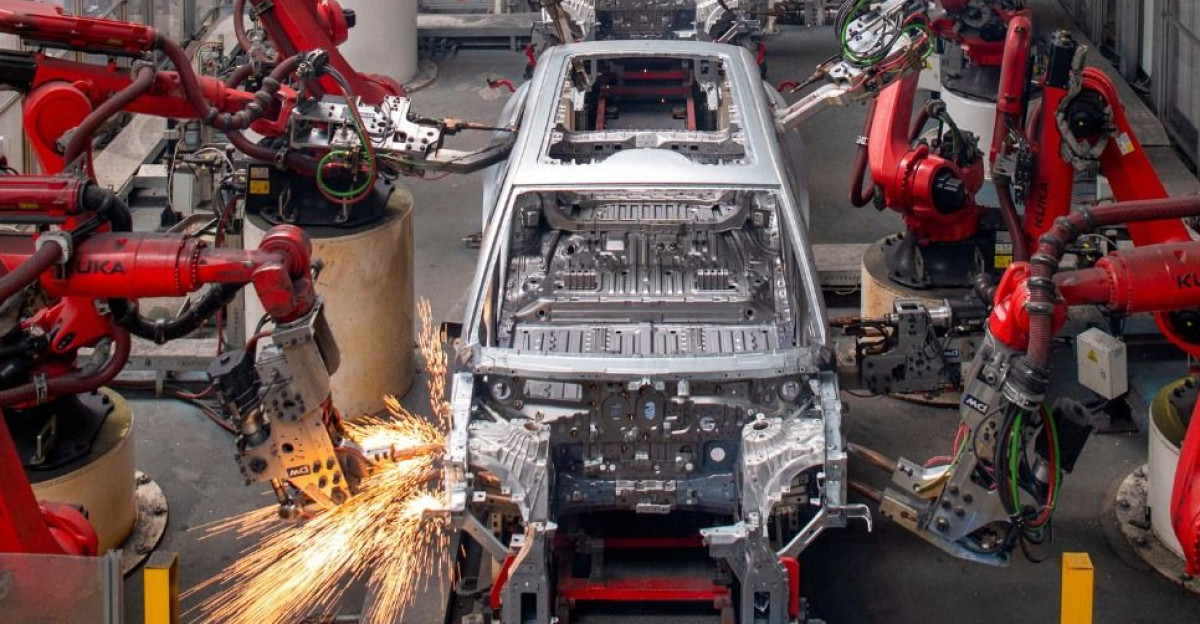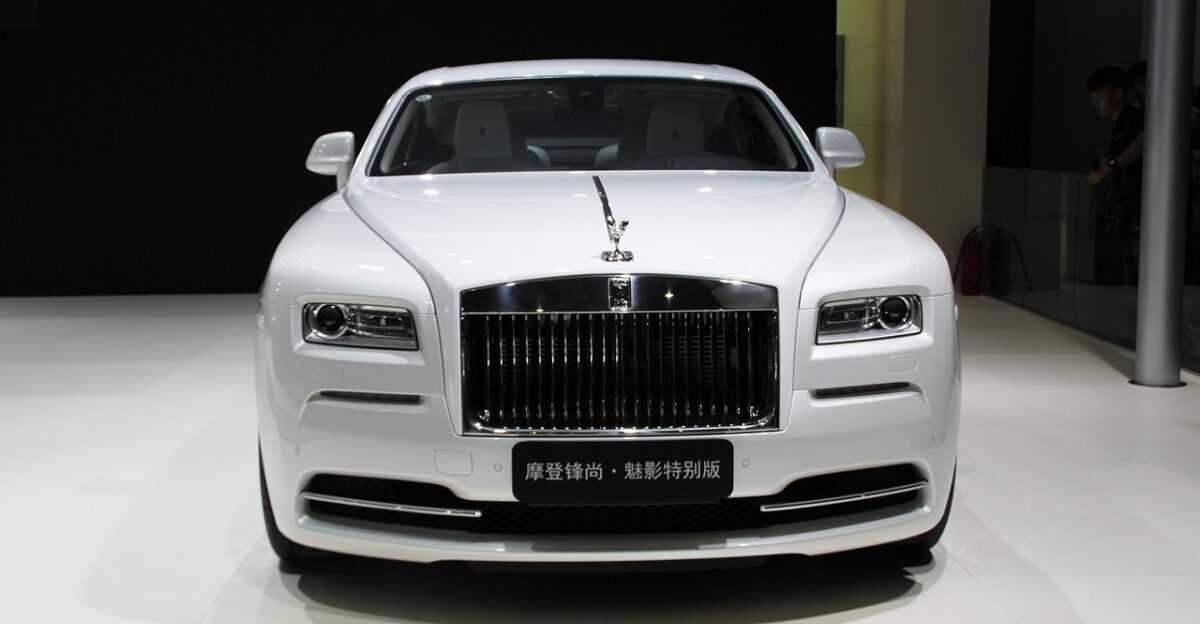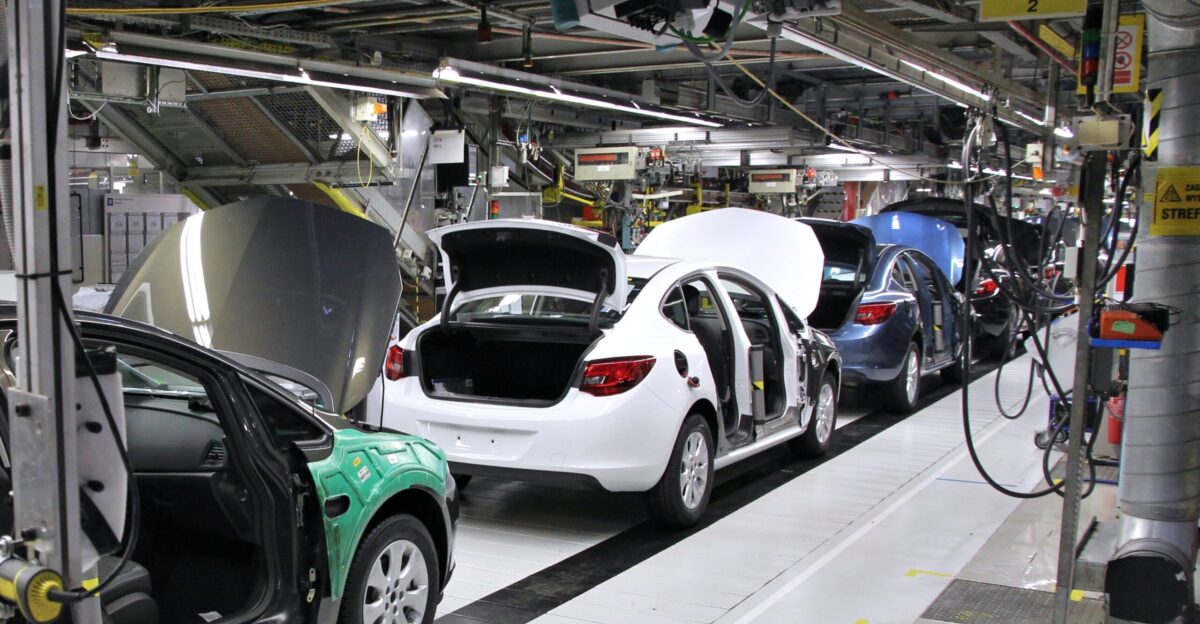
In 2025, Americans are grappling with unprecedented car prices. New vehicles average $48,699, significantly impacting family budgets nationwide. Analysts attribute this surge to persistent tariffs and ongoing supply shortages that inflate costs for ordinary buyers. “Everyday folks are feeling the pinch,” remarks auto industry expert Sarah Kinney.
Many families in all fifty states are rethinking their traditional purchasing strategies as they confront these financial challenges. The landscape of car buying has shifted dramatically, leaving families anxious about the long-term implications of their decisions. This growing anxiety sets the stage for a broader examination of consumer behavior in the current automotive market.
Budget Strain and Financial Anxiety

Rising car prices are amplifying broader financial concerns for American households. Average monthly auto payments have reached a staggering $765, forcing many buyers to stretch their budgets to acquire reliable transportation. “I never thought I’d have to think this hard about buying a car,” shares Sarah Donovan, a single mother from Texas.
Affordability has become a pressing issue, as families weigh their options against potential future debt loads. This new reality places added stress on working families in 2025, leading them to reassess their financial priorities. The transformation in consumer spending highlights the growing intersection between necessity and economic security in today’s economy.
Historical Shifts in the Auto Market

U.S. car prices remained relatively stable at around $35,000 during the 2010s. However, experts agree that the pandemic has disrupted this equilibrium, introducing long-term volatility in the market. Supply chain issues and rampant inflation have stirred the auto industry into flux, resulting in continued price escalations.
“This isn’t just a temporary blip; we’re seeing foundational shifts,” market analyst Jamie Robinson warns. With this new cost baseline becoming the norm, many industry watchers are skeptical about a return to pre-pandemic price levels. The evolving landscape of car pricing requires careful navigation for buyers and dealers alike.
The Impact of Tariffs

The introduction of 25% tariffs on auto imports in April 2025 has significantly inflated vehicle costs. While domestic automakers have benefited from this protectionism, the everyday car shopper bears the brunt of rising prices. “Customers are stuck choosing between overpriced vehicles and limited options,” dealer Mark Thompson from California explains.
As the costs increase, many dealerships report a shift towards longer loan terms, reflecting the disparity between vehicle prices and consumer incomes. This evolving retail landscape leaves buyers grappling with financial uncertainty and prompts them to consider how to approach car financing in a challenging economy.
The New Normal of Car Financing

For the first time, seven-year loans comprise approximately 21% of all new car financing in the United States. This represents a dramatic departure from the traditional norm, where loans typically lasted 60 months or less. With the rising car prices, consumers are increasingly accepting more debt in exchange for smaller monthly payments.
“I had no choice but to go with a longer loan term just to make it affordable,” admits Jason Lee, a recent car buyer. This shift in financing strategies underlines a growing trend toward extended loan periods, raising questions about the long-term ramifications for consumers navigating their financial futures.
Regional Trends in Financing

This trend towards lengthier loans is especially pronounced in central states like California, Texas, and New York. Dealers in these regions report that nearly one in five new buyers now opts for 84-month loans, reflecting widespread concerns about affordability. “People are stretched thin; it’s almost like a new rule of thumb,” says dealer Rachel Martinez from Los Angeles.
As families continue to navigate their financial circumstances, the decision to finance vehicles over longer terms is becoming standard practice. This regional shift underscores the broader national trend of consumers responding to economic pressures with extended loan preferences as they seek workable solutions to their transportation needs.
Living with Debt Anxiety

Many Americans, like Jamie Grant from Los Angeles, fear being “stuck upside-down” on a loan, owing more than their car’s value. “It’s the only way I could make payments work,” she reflects, encapsulating widespread anxiety about long-term debt. As more consumers accept extended loan terms, they confront the reality of mounting financial burdens.
This predicament raises urgent questions about the sustainability of such financing practices. With the average loan durations increasing, the emotional toll of financial decision-making grows heavier for families navigating these challenging economic waters. The personal narratives of consumers highlight the stark realities of contemporary car financing.
Automakers Adapt to New Norms

In response to the rising trend of longer loans, automakers such as Ford and Toyota are rolling out extended-term financing packages to keep buyers engaged in the market. Dealerships are bolstering their promotions, focusing on low monthly payments rather than promoting faster payoffs. “It’s about helping customers find a way into a new car, even if it means stretching terms,” notes marketing manager Lisa Tran.
This changing dynamic reflects an industry eager to accommodate shifting consumer preferences, yet it raises concerns about whether such approaches may ultimately entrap buyers in cycles of escalating debt. The evolving strategies highlight the growing complexity in the automotive financing landscape.
The Macro Trend in Auto Financing

Auto lenders are observing a steady decline in shorter loan terms, a direct result of consumer demand for extended payment options. The share of 84-month loans has doubled since 2020, with many experts attributing this trend to ongoing price inflation. “It’s a clear sign that buyers are adapting to market conditions,” comments financial analyst Steven Jacobs.
As buyers increasingly seek out these longer terms, the ramifications for the auto industry’s future become increasingly complex. The broad adoption of longer-duration loans prompts discussions around consumer debt and the implications for resale values and financial stability for many American families.
Hidden Costs of Longer Loans

Financial advisors caution that longer loans can pay thousands more in interest over time and expose borrowers to swift vehicle depreciation. “With every additional year, the gap between car value and loan principal widens,” warns debt management expert Karen Smith. This widening gap showcases the inherent risk embedded in specialized financing arrangements.
As consumers prioritize lower monthly payments, they may overlook the longer-term financial implications, potentially locking themselves into adverse cycles of debt. Understanding these hidden costs is critical as families make purchasing decisions amidst an evolving landscape of car financing.
Dealer Challenges in the New Market

Dealers are apprehensive as longer loan terms squeeze profit margins and elevate the risks of loan defaults. “We’re witnessing more returns and missed payments than ever before,” laments Ohio dealer Frank Rice. This growing concern reflects the mounting pressure within the retail industry, as dealerships grapple with changing consumer behaviors amid price volatility.
The strain on profits pushes dealerships to rethink how they approach financing options, striving to balance customer needs with financial sustainability. The increasing complexity of car financing compels dealerships to adapt their strategies while navigating a landscape laden with economic uncertainty.
Policy Changes in Response

To address these market concerns, lenders and dealer groups are revising their credit policies, tightening standards, and incorporating additional layers of verification. In a proactive measure, several major banks have announced new guidelines for seven-year loans to mitigate credit risk. “We must ensure responsible lending practices, especially in this volatile environment,” says a prominent bank spokesperson.
Such shifts in policy reflect an attempt to stabilize the marketplace while preserving consumer accessibility. As the financial landscape evolves, understanding these changes’ implications becomes paramount for dealers and buyers seeking clarity amid uncertainty.
Strategies from Automakers

To counteract rising prices and foster consumer confidence, various automakers are proactively offering enticing trade-in bonuses and loyalty discounts. Companies like Hyundai and Honda are launching limited-time deals to ease the financial burden for buyers with negative equity.
“These initiatives can help turn a stressful situation into an opportunity for some customers,” states promotional manager Rebecca Kim. By implementing these strategies, automakers strive to create pathways for consumers to engage with the market despite financial challenges, revealing the competitive tactics deployed to entice buyers in an evolving marketplace.
Warnings from Industry Experts

While adjustable financing options have emerged, several analysts caution that long loan terms could entrap millions of buyers in stagnant debt. “It’s not money you recover,” warns Autotrader expert Ivan Moody, emphasizing the need for consumers to assess total costs thoroughly before committing.
As the market shifts, the urgency of these warnings gains traction, reflecting fears about long-term repercussions on buyers’ financial health. The potential consequences of accepting extended loans underline the importance of informed decision-making for consumers at a time when the stakes have never been higher in the automotive sector.
Future Implications for the Market

As the normalization of seven-year auto loans gains momentum, questions arise about its impact on the industry’s approach to risk and credit. Regulators and economists observe these shifts closely, noting that widespread adoption could alter consumer debt landscapes and reshape resale markets.
“We need to see how this will affect buyer behavior long-term,” shares market analyst Greg Turner. These observations raise critical insights into the future of auto financing and the potential challenges for consumers and businesses alike. The implications for the broader economy could be profound, necessitating a careful approach to navigating these changes.
Legislative Responses to Tariffs

The tariffs imposed in 2025 have ignited vigorous discussions in Congress, with some lawmakers advocating for relief targeted at middle-income families burdened by the high cost of vehicles. Advocates argue that immediate action is needed to alleviate financial pressures on households. “Car ownership should not be a privilege limited to the wealthy,” states Congressman Tom Baker.
This growing political discourse reflects an awareness of the significant hurdles many families face when navigating car purchases. The dialogue surrounding tariffs and their consequences signifies a potential turning point in legislation, responding to the real concerns of American consumers in today’s changing economic landscape.
Consumer Sentiment and Market Dynamics

As frustrations mount, consumer sentiment reflects a precarious balance between affordability and financial stress. Many potential buyers feel boxed in by price increases and are less inclined to make significant purchases. “If we could just get a break on prices, maybe we could make a move,” expresses Jennifer Caldwell, an unemployed worker contemplating her next steps.
This sentiment underscores families’ challenges in deciding whether to invest in a vehicle. Understanding the nuances of consumer sentiment is crucial for industry players as they seek to navigate this complex environment, which showcases the delicate interdependence between consumer behavior and market dynamics.
The Role of Technology in Financing

As the industry adapts, technology is pivotal in reshaping car financing experiences. Many consumers turn to online platforms to explore financing options and compare offers more efficiently. “It’s made the process less intimidating overall,” notes digital finance expert Chris Lang. The emergence of fintech solutions empowers consumers to take the reins of their financial journeys and make informed decisions.
Technology integration into the financing process promises to enhance consumer experience while fostering more competitive rates across the auto sector. Understanding how technology shapes these interactions will be essential for consumers seeking clarity in their financing options.
Broader Economic Considerations

The auto industry’s current landscape is intricately linked to broader economic factors, including inflation and supply chain challenges. As parents juggling finances consider purchasing vehicles, they are concerned about how these economic strains may affect their future stability. “I’m worried about what will happen if prices keep climbing,” says James Foster, a father of three in Florida.
These economic realities highlight the interconnectedness of the automotive market with national financial conditions. In an ever-evolving landscape, discerning the relationship between economic trends and consumer decisions becomes vital to understanding the future trajectory of the auto industry.
A Call to Informed Choices

Ultimately, consumers are urged to make informed decisions as the auto industry navigates this tumultuous phase. Rising car prices, extended loan terms, and evolving financing strategies underscore a need for vigilance. “At the end of the day, it’s about understanding what we can afford,” reflects financial consultant Linda Chang.
Considering total costs and potential hidden fees becomes paramount as families weigh their options. With a landscape characterized by significant change, staying informed will empower consumers to make choices that safeguard their financial well-being while navigating an uncertain future in the automotive market.